Honoring Earth’s Splendor: A Tribute on Earth Day
As we usher in another Earth Day, it’s essential to pause and pay homage to the breathtaking marvels that grace our planet. Earth Day, celebrated globally on April 22nd, serves as a poignant reminder of our responsibility to safeguard and cherish the natural wonders that enrich our lives. But what exactly is Earth Day, and why do we commemorate it?
Before we move on, did you know that every week we send out a newsletter featuring:
- New Destinations on the Tripio app
- Highlighted Itineraries on the Tripio app
- Articles from the Tripio blog
Subscribe to Tripio’s Weekly Newsletter!
Earth Day

Photo by Linda Roisum on Pixabay
Origins and Significance Earth Day finds its roots in the environmental movement of the 1970s, a pivotal era marked by growing awareness of environmental degradation. On April 22, 1970, millions of people across the United States rallied together to demand action to protect our planet’s fragile ecosystems. This groundbreaking event catalyzed the modern environmental movement, leading to the establishment of the U.S. Environmental Protection Agency and the passage of landmark environmental legislation.
Today, Earth Day has evolved into a global phenomenon, with individuals, communities, and organizations worldwide coming together to raise awareness about pressing environmental issues. From tree planting initiatives and beach cleanups to educational workshops and sustainable living campaigns, Earth Day activities span a spectrum of efforts aimed at promoting environmental stewardship and inspiring positive change.
The Impact of Earth Day Over the years, Earth Day has had a profound impact on environmental consciousness and policy-making around the world. It has served as a catalyst for legislative action, spurring the enactment of crucial environmental regulations and agreements aimed at combating pollution, conserving biodiversity, and mitigating climate change.
Moreover, Earth Day has fostered a collective sense of responsibility and commitment to preserving our planet for future generations. It has empowered individuals and communities to adopt eco-friendly practices, reduce their carbon footprint, and advocate for sustainable policies at local, national, and global levels.
Exploring Earth’s Natural Wonders On this Earth Day, let’s take a moment to marvel at some of the world’s most awe-inspiring natural wonders, each a testament to the beauty and diversity of our planet:
The Great Barrier Reef, Australia
Stretching over 2,300 kilometers along the coast of Queensland, the Great Barrier Reef is the world’s largest coral reef ecosystem and a UNESCO World Heritage site. Its vibrant coral reefs teem with marine life, making it a mecca for snorkelers, divers, and nature enthusiasts.
The Amazon Rainforest, South America
Covering an area of over 5.5 million square kilometers, the Amazon Rainforest is the largest tropical rainforest on Earth and home to an incredible array of plant and animal species. Dubbed the “lungs of the planet,” the Amazon plays a crucial role in regulating the Earth’s climate and oxygen levels.
The Grand Canyon, USA
Carved by the mighty Colorado River over millions of years, the Grand Canyon is a breathtaking testament to the forces of nature. Its vast expanses of layered rock formations and deep gorges offer a glimpse into the Earth’s geological history and inspire awe in all who behold its beauty.
The Northern Lights, Arctic Circle
The aurora borealis, or Northern Lights, is a celestial spectacle that illuminates the polar skies with shimmering ribbons of colorful light. This natural phenomenon, caused by interactions between solar particles and the Earth’s magnetic field, is a sight to behold and a reminder of the wonders of the universe.
Victoria Falls, Zambia/Zimbabwe
Victoria Falls, known locally as Mosi-oa-Tunya or “The Smoke that Thunders,” is one of the world’s most magnificent waterfalls. Located on the border between Zambia and Zimbabwe, this awe-inspiring cascade plunges over 100 meters into the Zambezi River gorge, creating a mesmerizing display of power and beauty.
Uluru (Ayers Rock), Australia
Rising majestically from the red sands of Australia’s Outback, Uluru is a sacred monolith and UNESCO World Heritage site revered by the indigenous Anangu people. This iconic landmark is not only a geological wonder but also a symbol of cultural significance and spiritual connection to the land.
Happy Earth Day from Tripio! On this Earth Day, let us reaffirm our commitment to protecting and preserving our planet’s precious natural heritage. Together, we can make a difference and ensure a sustainable future for all living beings. Happy Earth Day from Tripio, as we join hands with people around the globe to celebrate and honor the beauty and resilience of our one and only home.
Check out: Discovering Gibraltar: A Perfect Vacation Destination
and A Greek Odyssey: The Perfect Athens Vacation
-Gemma Winchester, Tripio Guru

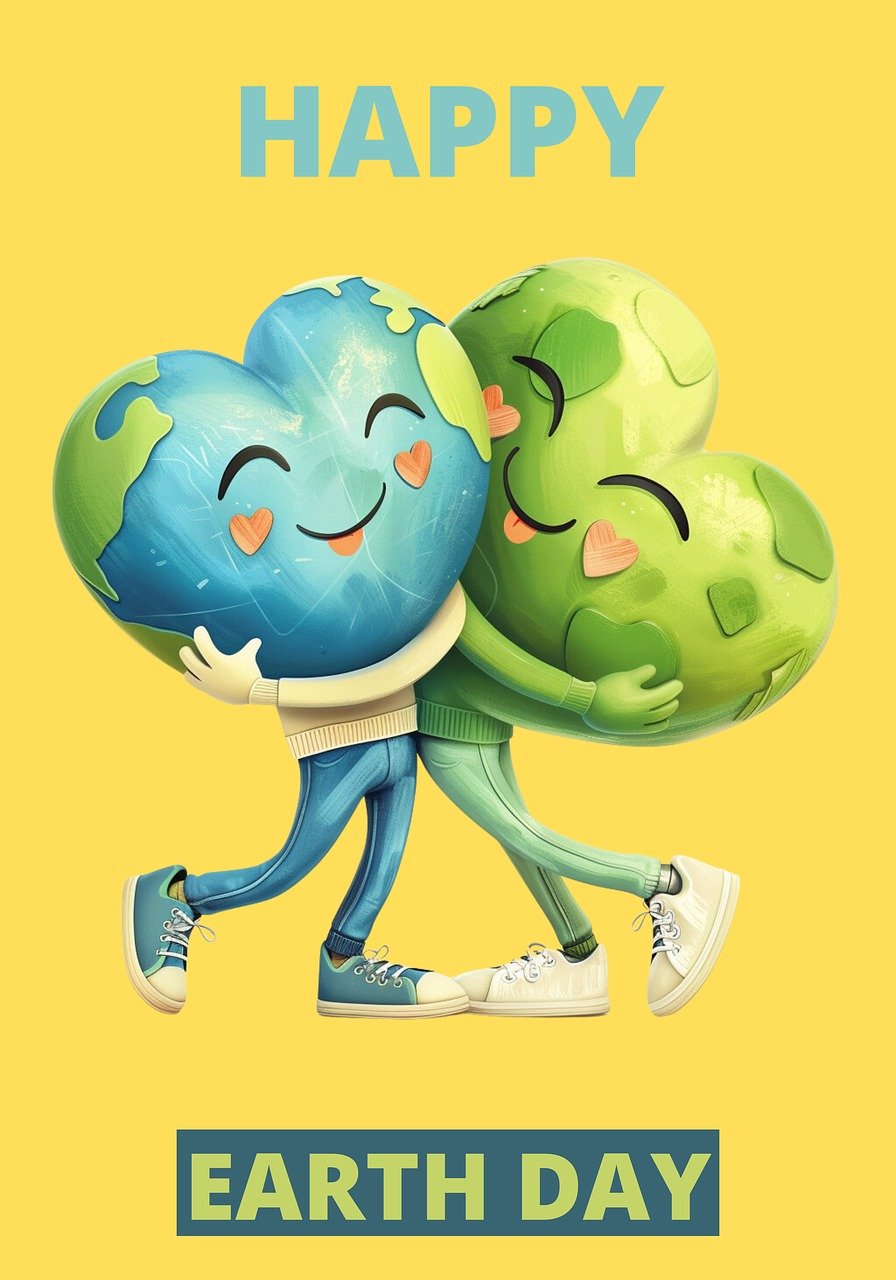

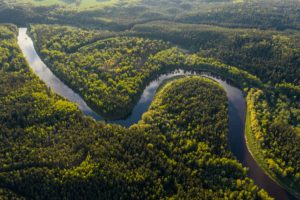
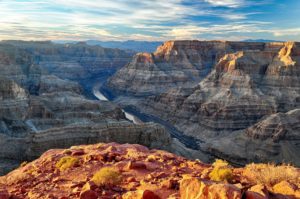
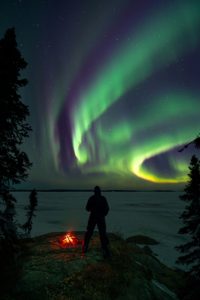

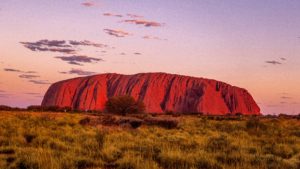




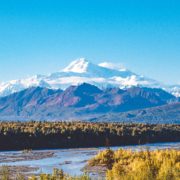
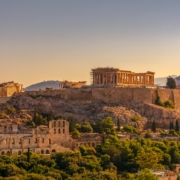
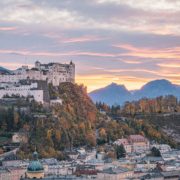




Leave a Reply
Want to join the discussion?Feel free to contribute!